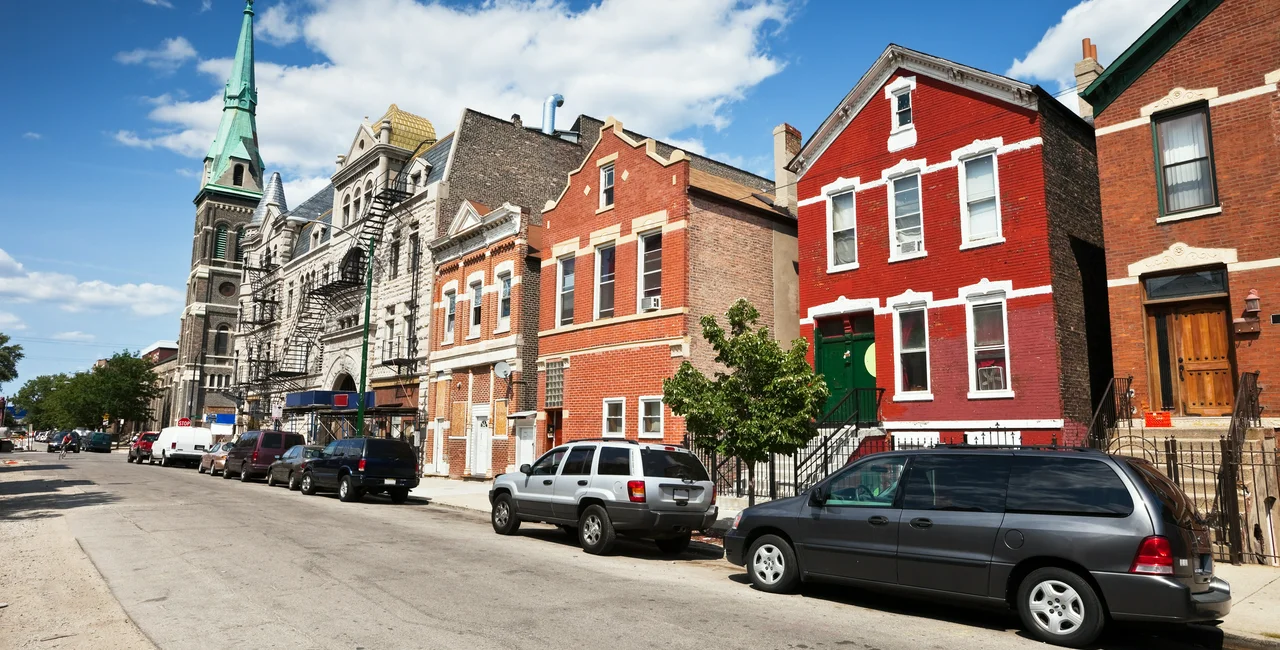If you live in America and don’t want to travel internationally now, but still want to visit Prague or Pilsen, you can. Several U.S. towns and neighborhoods have Czech-inspired names, and some still remember their Bohemian roots.
There are two towns called Prague, plus a New Prague and a Praha. Four places are called Pilsen. On the more serious side, a few places in both North and South America can be found named for Lidice, a Czech village destroyed by the Nazis during World War II.
The reason for the spread of the names in usually tied to immigrants trying to re-create a bit of thei homeland with something familiar sounding. For Lidice, it was an effort to make sure the name of the destroyed village was remembered.
Prague, Oklahama, with a current population a bit over 2,000 people, was settled by people with Czech roots during the land rush in 1891. The first owner of the land where the town stands was Eva Barta. During the early 20th century, the town had a Czech-language newspape, Oklahomski Noviny.
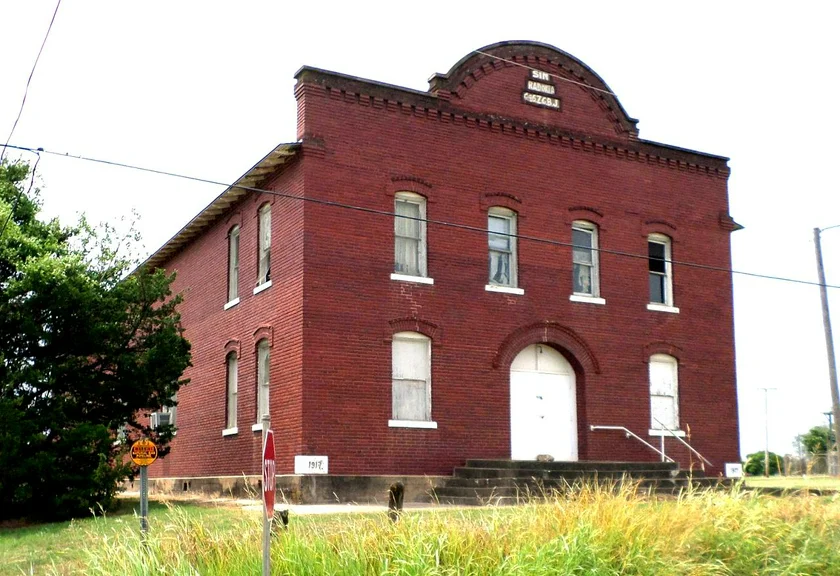
And while Prague took its spelling from Europe, it didn’t take the pronunciation. Locals call it “prayg” not “prog.” U.S. radio station NPR addressed the issue in a short segment in 2019, offering a theory for the change.
The Oklahoma town hosted the world premiere of the 1943 the film Hangmen Also Die! The film was Hollywood’s first attempt at telling the story of assassination of acting Reichsprotektor Reinhard Heydrich, which happened in the Czech city of the same name.
The town still remembers its roots with an annual Kolache Festival. In parts of Oklahoma and Texas with Czech roots, kolache or kolach are the local spellings of “koláč,” a type of flat sweet pie. The U.S. version is a bit different, often with meat fillings as well as fruit.
The flavor of the festival, and the local pronunciation of kolache, can be experienced in a 2017 advertisement. The 2021 edition of the festival was canceled due to Covid.
Points of interest include a monument on the Prague Historical Museum grounds to Olympic medal winner Jim Thorpe, who was born near Prague. There is also the National Shrine of the Infant Jesus of Prague, located in the town’s St. Wenceslaus Catholic Church, and a Bohemian Hall, which used to be used by a civic group.
Prague, Nebraska, is even smaller, with a population around 300. It was established in 1887 when the railroad went through the previously unsettled area. Early residents once again were Czech, and a modern sign by Highway 79 claims the town is home to the world’s largest kolach. The Czechland Lake Recreation Area, a public wilderness park, is just northwest of the town.
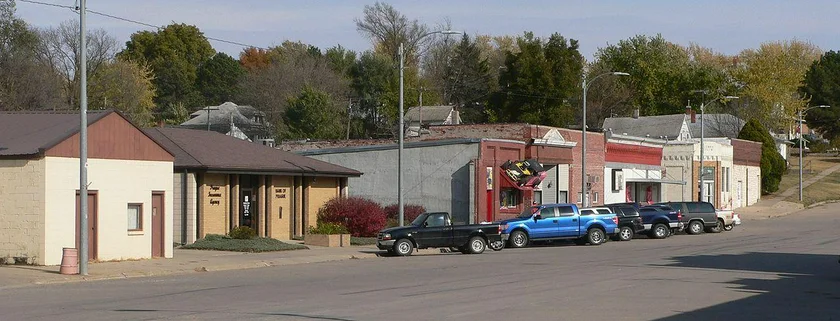
New Prague, Minnesota, is the largest of the American copies with a population of over 8,000 people. Like the town in Oklahoma, the pronunciation is also “prayg.” The Minnesota town was established in 1856 by German native Anton Philipp. He then sold lots to Czech immigrants.
In its early years, the town switched back and forth between being called Prague and Praha, before finally ending up as New Prague in 1884. Its early development was boosted by the arrival of a railroad and the construction of a mill and grain elevator, earning it the nickname Flour City.
The 1880s and ’90s were the peak time for New Prague. It even saw the opening of an opera house. More jobs were created by an iron foundry, complementing the main industry of agriculture. Eventually, there were two hotels and two schools. Sidewalks were paved with wooden planks.
PARTNER ARTICLE
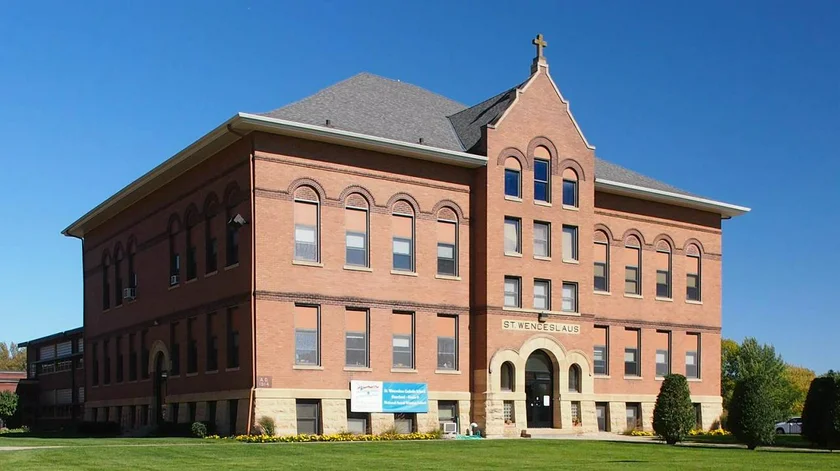
Czech roots are remembered with the red brick Church of St. Wenceslaus, built in 1907, and the associated St. Wenceslaus Catholic School from the same era. There is also an annual Dožínky harvest festival with Czech-inspired food and beer, based loosely on Czech festivals.
Praha, Texas, is the smallest of the U.S. towns with around 20 people. A Czech immigrant named Matiáš Novák bought land in southeastern Texas in 1854, and built a house where religious services took place. A school was later added. At its height in 1880s, Praha had some 700 residents. The railroad, though, bypassed the town and its popularity began to dwindle.
The wooden St. Mary's Church of the Assumption still holds services, but the school is long closed. Every Aug. 15 since 1885 there has been a homecoming for Czech-Texans that attracts thousands of people. The Praha Picnic — or Prazska Pout — features kolaches and polka music. Pouť, a Czech word for a pilgrimage celebration, seems to have been passed down over the generations.
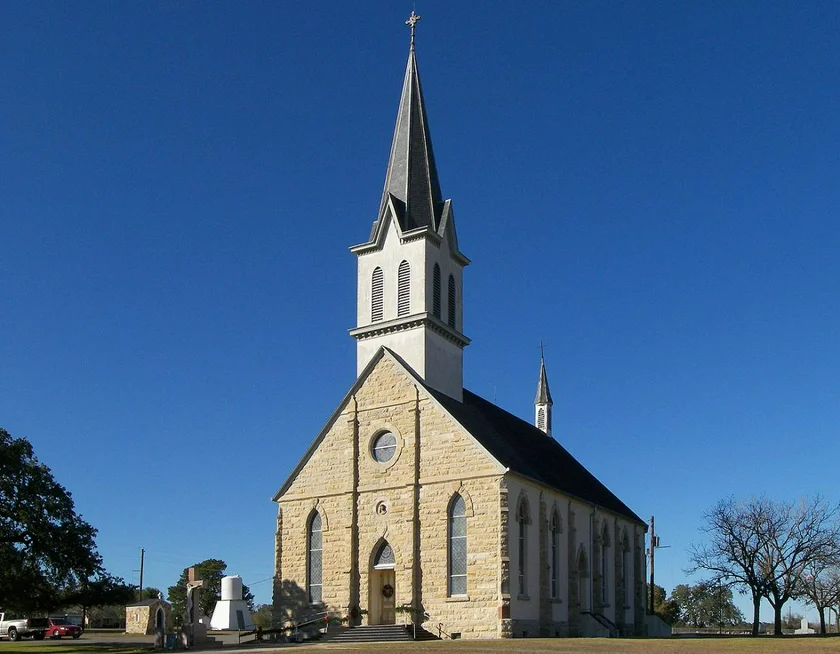
A real oddity is Praag, an unincorporated community in the small town of Lincoln, Wisconsin, in Buffalo County near the Minnesota border. There is no information on why it was established with the Dutch spelling. Locals say the name to rhyme with “rage.”
Pilsen is the German spelling of Plzeň, the largest city in West Bohemia. Several places settled by German-speaking Czechs use that spelling.
Pilsen, Kansas, was settled in 1874 by 46 Bohemian families who acquired to land from a railroad company. In the early 1900s, the town’s general store was run by a couple named Cerny. Czech roots can still be seen in the brick Church of St. John Nepomucene — the anglicized version Jan Nepomuk — built in 1914–15. The current population is around 200 people.
Chicago, Illinois, has districts named Pilsen and East Pilsen on its Lower West Side. They are residential neighborhoods that have been gateways for new immigrants from Europe and more recently from Mexico and Latin America. The composition of the Pilsen Historical District, a part of the larger Pilsen district, shifted from being mainly people with Slavic roots to a majority of people with Mexican and Latino heritage in the 1970s.
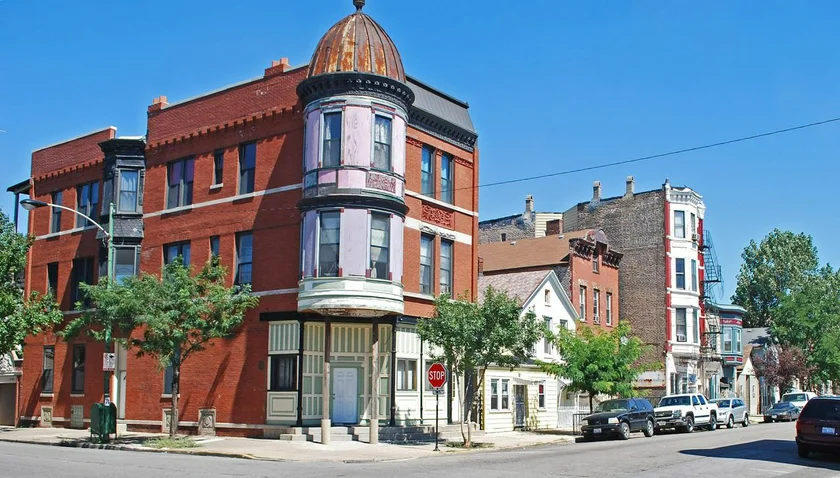
The state of Wisconsin has two Pilsens, though neither is particularly noteworthy. A town named Pilsen with a population of about 200 can be found in Bayfield County in the very north of the state. In Kewaunee County in the east central part of the state, Pilsen is an unincorporated community in the small town of Montpelier.
A neighborhood named Lidice can be found in Illinois, and there are several more in Latin America. The story of these towns can be found in our previous article.
There are eight places called Bohemia in the United States, including a hamlet, a town, three townships, a river and two mountains. There are also two towns and a neighborhood called Moravia.












 Reading time: 5 minutes
Reading time: 5 minutes 